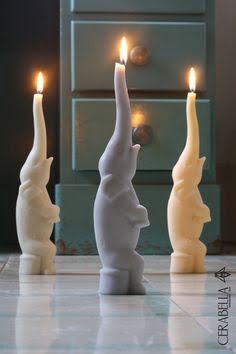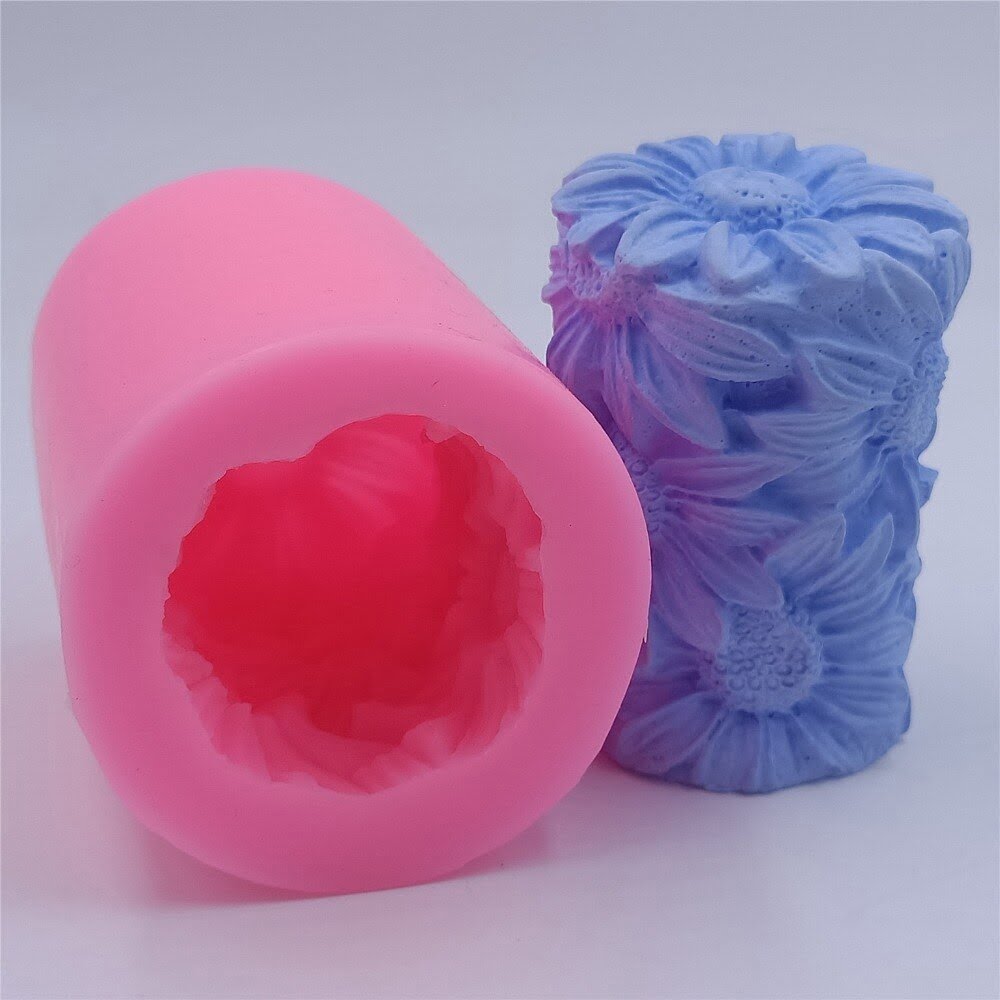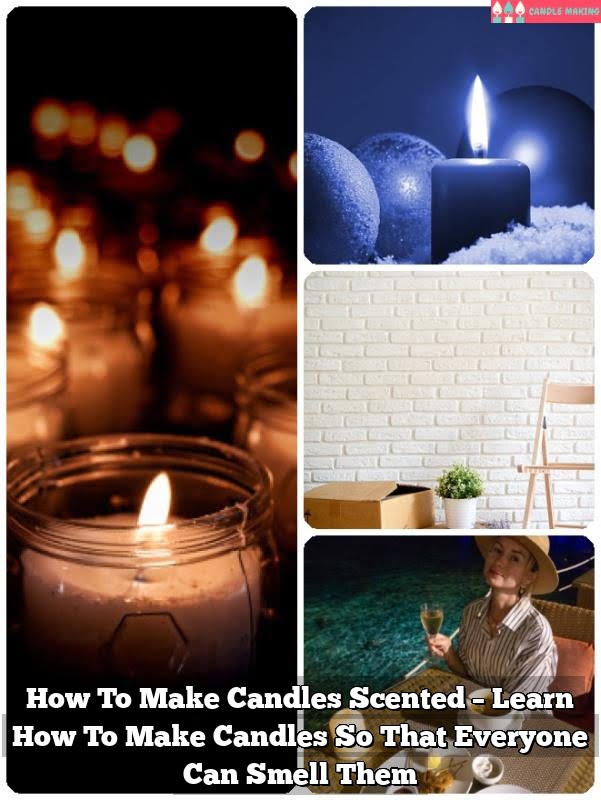Are you wondering what’s the best wax for making candles? The type of wax used in candle making plays a vital role in determining the quality and characteristics of the final product. Each wax has its own unique properties that can impact factors such as scent throw, burn time, and appearance. In this article, we will explore the different types of candle wax available and provide insight into choosing the best wax for your specific candle-making needs.
When it comes to creating candles, the selection of wax is a critical decision that can significantly influence the overall outcome. The type of wax chosen not only affects how the candle burns but also determines how well it holds fragrance and contributes to its visual appeal. As such, understanding the importance of wax in candle making is essential for anyone looking to create high-quality candles.
In this comprehensive guide, we will dive into the various types of candle waxes available, including paraffin, soy, beeswax, and coconut wax. We will discuss their unique characteristics and examine how each type can be suited to different candle projects.
Additionally, we will provide considerations for choosing the best wax based on specific criteria such as fragrance throw, burn time, appearance, sustainability, and eco-friendliness. By the end of this article, readers will have a better understanding of which wax is most suitable for their individual candle-making endeavors.
Types of Candle Wax
When it comes to making candles, choosing the right wax is crucial for achieving the desired results. There are several types of candle wax available on the market, each with its own unique characteristics and properties. Understanding the differences between these wax options can help candle makers select the most suitable wax for their specific projects. Below are some of the most common types of candle wax:
- Paraffin Wax: This is the traditional and most widely used wax for making candles. It is known for its excellent scent throw and ability to hold color well. However, some people may have concerns about its non-renewable petroleum-based origin.
- Soy Wax: As a popular alternative to paraffin, soy wax is derived from soybean oil, making it a more environmentally friendly option. It has a clean burn and good scent throw, making it ideal for scented candles.
- Beeswax: Known for its natural honey-like scent and clean-burning properties, beeswax is a versatile option for candle making. It has a longer burn time compared to other waxes and emits negative ions when burned, which can help purify the air.
- Coconut Wax: Derived from sustainable and renewable sources, coconut wax is gaining popularity for its clean-burning nature and ability to hold a high fragrance load. It also has a beautiful aesthetic appeal due to its creamy texture.
When choosing the best wax for making candles, several factors need to be taken into consideration:
- Fragrance Throw: Different waxes have varying abilities to carry and release fragrances. For scented candles, it’s important to choose a wax that enhances the overall fragrance throw.
- Burn Time: The burn time of candles can be influenced by the type of wax used. Some waxes have longer burn times than others, so this should be considered based on the intended use of the candle.
- Appearance: The appearance and texture of candles are influenced by the type of wax used. For decorative or specialty candles, selecting a wax that complements the desired look is essential.
For those wondering what’s the best wax for making candles, it ultimately depends on individual preferences and project requirements. Each type of candle wax has its own set of pros and cons when it comes to fragrance performance, burn characteristics, eco-friendliness, appearance, and more. By considering these factors along with personal priorities, candle makers can make an informed decision when selecting the best wax for their specific needs and preferences.
Considerations for Choosing the Best Wax
When it comes to choosing the best wax for making candles, there are several important considerations to keep in mind. Understanding the different factors that can impact the quality and characteristics of your candles is crucial for achieving the desired results. Here are some key considerations for choosing the best wax for your candle making needs:
Factors to Consider:
- Fragrance throw: One essential consideration when choosing candle wax is its ability to carry and release fragrance effectively. Some waxes have a better scent throw than others, so it’s important to select a wax that aligns with your desired level of fragrance intensity.
- Burn time: The burn time of a candle is influenced by the type of wax used. Some waxes burn more slowly and evenly than others, which can affect the longevity of your candles.
- Appearance: The appearance of the candles, including texture and color, is another important factor to consider when selecting wax. Certain waxes may produce a smoother finish or hold color dyes better than others.
Sustainability and Eco-Friendliness:
In addition to performance factors, it’s also important to consider the sustainability and eco-friendliness of different wax options. As consumers become more conscious of environmental impact, soy wax and coconut wax have gained popularity as eco-friendly alternatives to traditional paraffin wax. These plant-based waxes offer a renewable and sustainable option for candle making.
Understanding these considerations can help you make an informed decision about what’s the best wax for making candles based on your specific needs and priorities. By carefully evaluating these factors, you can select a wax that aligns with your preferences while ensuring high-quality results in your candle making endeavors.
Best Wax for Scented Candles
When it comes to making scented candles, choosing the right wax is essential for achieving the best fragrance throw and overall quality. The type of wax used can significantly impact how well a scented candle carries and releases its fragrance. So, what’s the best wax for making candles that will be infused with delightful scents? Let’s explore some options.
One of the most popular choices for scented candles is soy wax. It has a natural ability to hold onto fragrances, resulting in excellent hot and cold scent throws. Soy wax is also known for producing a cleaner burn, which makes it ideal for scented candles where the aroma is a primary focus.
Another excellent option for creating highly fragrant candles is coconut wax. Its clean-burning properties allow for a pure release of scent, and it has the added benefit of being an eco-friendly and sustainable choice. Additionally, coconut wax blends well with various types of fragrances, making it versatile for different scent combinations.
Beeswax is another consideration when selecting the best wax for scented candles. It has a natural honey-like aroma that can complement or enhance certain scents. When paired with high-quality fragrance oils, beeswax can produce beautifully scented candles with a warm and inviting ambiance.
These are just a few examples of waxes that are particularly well-suited for enhancing the fragrance experience in scented candles. Each type of wax offers unique qualities that can contribute to an outstanding olfactory experience when combined with carefully selected fragrance oils.
| Wax Type | Best Qualities |
|---|---|
| Soy Wax | Excellent scent throw, clean burning |
| Coconut Wax | Eco-friendly, sustainable, versatile with different fragrances |
| Beeswax | Natural honey-like aroma, complements certain scents |
Best Wax for Decorative Candles
Decorative candles are a popular choice for home decor and special occasions, adding ambiance and style to any setting. When it comes to choosing the best wax for making decorative candles, there are several factors to consider in order to achieve the desired appearance and texture. In this section, we will explore the ideal wax choices for creating visually appealing decorative candles and discuss how different wax properties can impact the overall look of the finished product.
Wax Choices for Decorative Candles
When it comes to creating decorative candles, the type of wax used plays a crucial role in determining the final outcome. Paraffin wax is often preferred for its ability to hold vibrant colors and intricate designs, making it an excellent choice for creating eye-catching decorative candles.
Additionally, soy wax offers a natural alternative with good adhesion properties that allow for detailed designs and textures. Beeswax, known for its natural scent and clean-burning qualities, is also a popular choice for crafting visually appealing decorative candles.
Impact of Wax Properties on Appearance
The properties of the chosen wax can significantly influence the appearance and texture of decorative candles. For instance, paraffin wax has a high melting point, which allows it to hold intricate shapes and designs without losing definition. On the other hand, soy wax tends to have a smoother appearance and can be easily manipulated to create unique textures and patterns. Beeswax lends a natural warmth and charm to decorative candles with its distinctive honey-like color and subtle aroma.
Considerations for Creating Visually Appealing Candles
When selecting the best wax for making decorative candles, it’s important to consider factors such as color vibrancy, texture versatility, and ability to hold complex designs. Each type of wax offers unique qualities that can enhance the visual appeal of decorative candles in different ways.
Understanding these characteristics can help candle makers choose the most suitable wax for their specific creative vision. By carefully considering these aspects, candle makers can ensure that their decorative creations stand out with their distinctive appearance and artistic flair.
Pros and Cons of Each Wax Type
When it comes to choosing the best wax for making candles, it’s essential to understand the pros and cons of each wax type available on the market. Each type of wax has its unique characteristics and properties that can significantly impact the quality and performance of the finished candle. By evaluating these factors, candle makers can make informed decisions about which wax best suits their specific needs and preferences.
Paraffin Wax
Paraffin wax is the traditional and most widely used option for making candles. It is known for its excellent fragrance throw, smooth texture, and ability to hold vibrant colors. However, one of the main drawbacks of paraffin wax is that it is derived from petroleum, making it a non-renewable resource with potential environmental concerns.
Soy Wax
Soy wax has gained popularity as a renewable and eco-friendly alternative to paraffin. It offers a clean and slow burn, as well as excellent scent throw. However, some may find that soy wax has a more limited range for creating intricate designs compared to paraffin.
Beeswax
Beeswax is known for its natural aroma, clean-burning properties, and beautiful golden color. It is also an eco-friendly option as it’s a byproduct of honey production. On the downside, beeswax tends to be more expensive than other types of wax, making it less cost-effective for large-scale candle production.
Coconut Wax
Coconut wax is a newer option that has been gaining popularity in the candle-making industry due to its sustainable sourcing and appealing aroma. It burns cleanly and has excellent scent throw. However, some may find that coconut wax can be softer in texture compared to other waxes, which can affect its suitability for certain candle designs.
Understanding the pros and cons of each wax type allows candle makers to make informed decisions based on their priorities regarding sustainability, fragrance throw, burn time, cost-effectiveness, and design flexibility.
Expert Tips for Working With Different Wax Types
When it comes to working with different wax types for candle making, there are several expert tips that can help ensure the best results. One important tip is to always follow the manufacturer’s guidelines for melting and pouring the wax. Different waxes have different melting points and pouring temperatures, so it’s crucial to adhere to these recommendations to avoid issues such as frosting or poor scent throw.
Another expert tip is to consider the fragrance load when working with different wax types. Some waxes have a higher fragrance load capacity than others, so it’s essential to take this into account when adding scents to your candles. Overloading the wax with fragrance oil can lead to problems like poor burn performance and a smoky flame.
Additionally, it’s important to pay attention to the cooling process when working with different wax types. Properly cooling candles after they have been poured can help prevent issues such as sinkholes and uneven surfaces. Following specific guidelines for each type of wax will ensure that you achieve the desired finish for your candles.
Overall, working with different wax types for candle making requires attention to detail and adherence to specific guidelines for each type of wax. By following expert tips and recommendations, crafters can achieve optimal results in terms of appearance, scent throw, and burn performance for their homemade candles.
Conclusion
In conclusion, the choice of wax is indeed a critical factor when it comes to making candles. The type of wax used can significantly impact the quality, performance, and even the environmental impact of the candles. Each wax type has its own unique properties and advantages, offering different benefits for various candle projects. When evaluating what’s the best wax for making candles, it’s important to consider factors such as fragrance throw, burn time, appearance, sustainability, and eco-friendliness.
Whether you’re looking to make scented candles with strong fragrance throw or decorative candles with visually appealing textures, there is a suitable wax option available. Paraffin wax remains a classic choice for its affordability and versatility, while soy wax and beeswax are preferred by those seeking more environmentally-friendly options. In contrast, coconut wax offers a clean aroma and sustainable qualities that many candle makers appreciate.
Ultimately, choosing the right wax for your candle making needs requires careful consideration of your priorities and preferences. By understanding the qualities and characteristics of different waxes, as well as considering expert tips for working with each type of wax, you can make an informed decision that best suits your specific candle projects.
Whether you prioritize strong scent throw, clean burning properties, or visual aesthetics in your candles, there is a perfect wax out there to help you achieve your desired results.

Welcome to my candle making blog! In this blog, I will be sharing my tips and tricks for making candles. I will also be sharing some of my favorite recipes.





